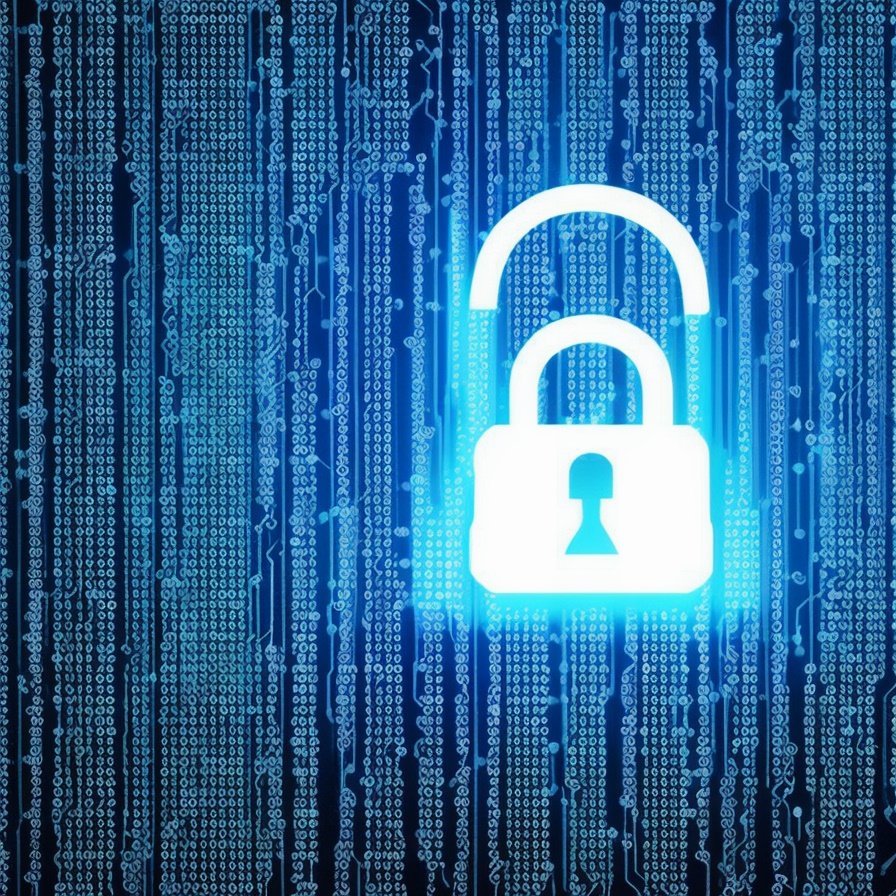Cyber threats and vulnerabilities are becoming more sophisticated, making it challenging for traditional security measures to keep up.
For years – firewalls, antivirus software, and intrusion detection systems have been the backbone of network and data protection.
However, the increasing complexity of cyber threats is making these measures no longer enough.
Enter Artificial Intelligence (AI), a promising technology that can help improve cybersecurity defenses and tackle cyber threats more effectively.
But could AI be more of a threat in the hands of cyber criminals?
How AI Will Revolutionize Cybersecurity
AI has the potential to significantly transform and enhance the field of cybersecurity by offering innovative solutions and more efficient methods for detecting, preventing, and responding to cyber threats.
As cyber attacks become increasingly sophisticated, the adoption of AI-driven cybersecurity tools will be crucial to staying ahead of potential threats and maintaining robust security.
Proactive Threat Detection and Prevention: One of the most significant ways AI will revolutionize cybersecurity is through its ability to proactively detect and prevent threats. By continuously analyzing vast amounts of data from networks, systems, and user behavior, AI-driven tools can identify patterns and anomalies that may indicate a cyber attack. This proactive approach allows organizations to detect threats early, often before they can cause significant damage, and implement countermeasures to mitigate potential risks.
Adaptive Security Measures: AI can help create adaptive security measures that evolve and improve over time. As AI systems learn from the data they process and analyze, they can adapt to new threats and vulnerabilities, ensuring that security defenses remain effective even as the threat landscape changes. This adaptability makes it increasingly difficult for cyber criminals to exploit known weaknesses or develop new attack strategies that can bypass security measures.
Improved Incident Response and Recovery: AI-driven tools can significantly enhance the incident response and recovery process. By automating the analysis of attack vectors and recommending appropriate countermeasures, AI can help security teams respond more quickly and effectively to cyber incidents. Additionally, AI-driven systems can prioritize incidents based on their potential impact, allowing security teams to focus on the most critical threats first. This improved incident response capability can reduce the overall impact of a breach, minimize downtime, and help organizations recover more quickly.
Enhanced Cybersecurity Workforce: AI can also revolutionize cybersecurity by augmenting the capabilities of human security professionals. By automating routine tasks and providing valuable insights from data analysis, AI can free up security experts to focus on more strategic and complex aspects of cybersecurity. This collaboration between AI-driven tools and human experts will lead to more efficient and effective cybersecurity strategies, better equipping organizations to defend against cyber threats.
AI is poised to revolutionize the cybersecurity landscape. By embracing and integrating AI-driven tools into their cybersecurity strategies, organizations can stay ahead of evolving cyber threats and maintain a robust defense against cyber attacks.
AI as a Potential Threat in the Hands of Cyber Criminals
While AI has the potential to revolutionize the field of cybersecurity, it also poses a significant risk when it falls into the hands of cyber criminals.
The same advanced capabilities that make AI an invaluable tool for defense can also be weaponized to conduct more sophisticated and targeted cyber attacks.
Malware and Ransomware Evolution: Cyber criminals could use AI to create self-evolving malware and ransomware, capable of adapting to security measures and exploiting new vulnerabilities in real-time. This would make it increasingly difficult for traditional security tools to detect and mitigate these threats, as they would constantly be changing and improving their tactics.
Intelligent Phishing and Social Engineering: AI-driven phishing and social engineering attacks could become more effective and harder to recognize. Cyber criminals could leverage AI algorithms to analyze victims’ online behavior, social media profiles, and communication patterns to craft highly personalized and convincing phishing emails or social engineering schemes. This level of personalization would make it more challenging for individuals to identify and avoid these attacks.
Automated Vulnerability Discovery: Cyber criminals could use AI to automate the process of finding and exploiting vulnerabilities in software, networks, and devices. By quickly identifying and targeting these weaknesses, attackers could conduct more successful breaches, often before organizations even have a chance to patch the vulnerabilities.
Adversarial AI: Adversarial AI techniques can be employed by cyber criminals to deceive and manipulate AI-driven security systems. By creating adversarial inputs or manipulating the data used to train AI algorithms, attackers can trick AI systems into making incorrect decisions, potentially rendering them useless or even turning them against the very networks they were designed to protect.
As AI technology continues to evolve, it is crucial for the cybersecurity community to stay ahead of these emerging threats, developing robust countermeasures and strategies to ensure that the benefits of AI outweigh the risks.
Conclusion: The Cat-and-Mouse Game of AI in Cybersecurity
AI is likely to become part of an ongoing cat-and-mouse struggle between cyber defenders and attackers, just as traditional cybersecurity tools are today.
As AI-driven solutions are developed to enhance threat detection and prevention, cyber criminals will undoubtedly continue to innovate and leverage AI to devise more sophisticated attacks. This dynamic will create a continuous cycle of innovation and adaptation on both sides.
To stay ahead in this game, organisations must not only invest in AI-driven cybersecurity solutions but also foster a culture of continuous learning and improvement.
Emphasising collaboration between AI systems and human experts, staying abreast of emerging threats and technological advancements, and promoting cross-sector cooperation will be crucial in maintaining a robust defense against cyber threats in this new era of AI-driven cybersecurity.
Ultimately, the future of cybersecurity will depend on our ability to adapt and evolve alongside the technology we use to protect and secure our digital landscape.
